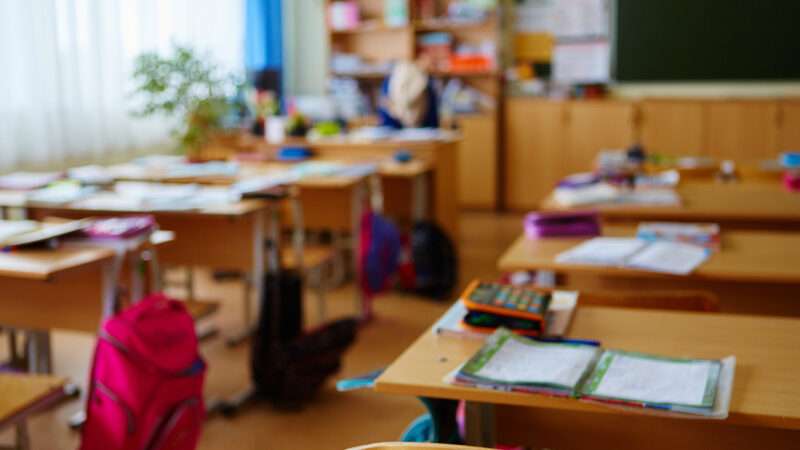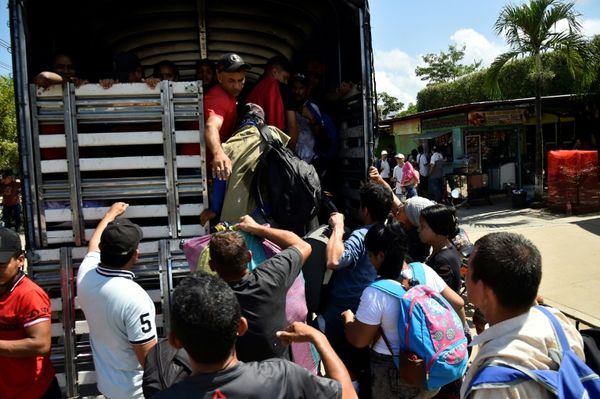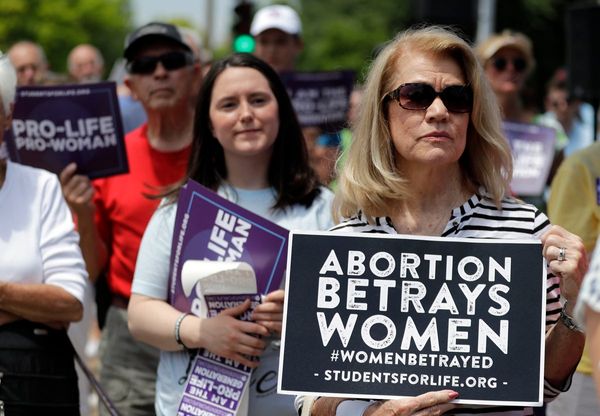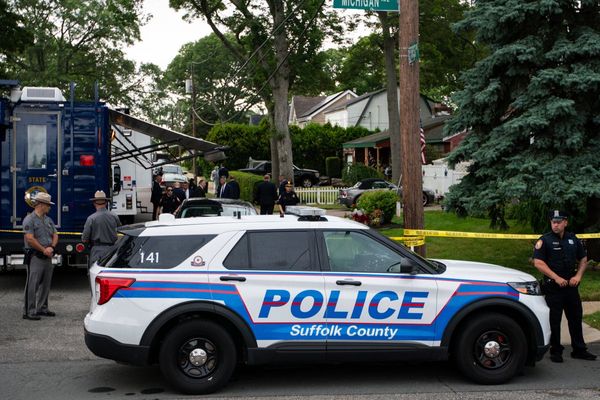
Three and a half years after the onset of the pandemic, enrollment losses are still hampering public schools, who depend largely on student counts to sustain their budgets and pay their staff. Data published in May 2023 by the National Center for Education Statistics (NCES) show that nationwide public school enrollments fell by 3 percent—around 1.4 million students—in the first year of the pandemic and remained at that lower level in the 2021–2022 school year. While national figures for the 2022–2023 school year aren't available yet, state-level data from California, Illinois, New York, and others show public school rolls still trending downward.
At this point, there's every indication that the initial public school enrollment shocks from the pandemic won't rebound any time soon. Educators need to be prepared for a new normal where school choice programs are widespread, families are increasingly choosing options outside of traditional public schools, and public school spending has to be reined in to serve smaller student populations.
Several factors explain why public school student populations are shrinking. Parents were dissatisfied with the prolonged periods of online learning and forced masking at their schools during the pandemic, and the negative effects on students of keeping schools closed have been well-documented. One analysis from the Associated Press found that from 2019 to 2022, "the average student lost more than half a school year of learning in math and nearly a quarter of a school year in reading." Many of the deep-blue districts that kept schools closed the longest paid the biggest price for that decision, in terms of both enrollment losses and academic backsliding.
Meanwhile, the private education market seems to be booming. According to a study published in February 2022 by the Urban Institute, the pandemic exodus of students from public schools coincided with a sustained increase in private schooling and homeschooling. The 33 states (plus D.C.) with available data saw a more than 4 percent enrollment jump at private schools between fall 2019 and fall 2021—which is unsurprising, given that private schools returned to in-person learning much more quickly than public schools did.
The private education market is also evolving away from traditional classroom formats. The same Urban Institute study found that the 21 states (plus D.C.) with available data saw a more than 30 percent increase in homeschooling in the same timeframe. "Microschools"—tiny private schools that operate in nontraditional settings such as libraries and churches—have also grown substantially. Mike McShane of the pro–school choice group EdChoice told The Wall Street Journal last month that microschools now likely serve between one and two million students.
If public school enrollment isn't rebounding after the pandemic waned, that's a sign that families are largely sticking with these new learning settings. This momentum will likely continue thanks to the flurry of school choice programs that were either adopted or expanded in the 2021, 2022, and 2023 state legislative sessions.
There is another critical piece behind the decline in public school enrollment that shouldn't be overlooked. NCES projections of stagnating and declining school-age populations in many of the nation's large and coastal states actually predate both the pandemic and the recent surge of school choice. These two factors seem to have accelerated population changes that many school systems were going to soon confront anyway.
Unfortunately, public school systems have a poor track record of reining in spending and staffing when student populations decline. States that already had declining enrollment before the pandemic—places like California, Illinois, Michigan, New York, Pennsylvania, and Massachusetts—have invariably kept hiring more staff rather than making reductions and are spending at record-high rates per student.
Even now, public schools are refusing to deal with the financial effects of their pandemic-era student losses. Rather than using strong state tax revenues and billions of federal stimulus dollars to gently pare down budgets, some of the biggest enrollment losers, such as New York City Public Schools and Los Angeles Unified School District, have used their funds to stave off budget cuts altogether.
Those extra federal funds will be drying up soon, and public schools will soon face reality. Between the pandemic, school choice, and long-term population shifts, they will finally have to exercise some fiscal restraint.
The post Public Schools Must Face the Reality of Shrinking Enrollment appeared first on Reason.com.







